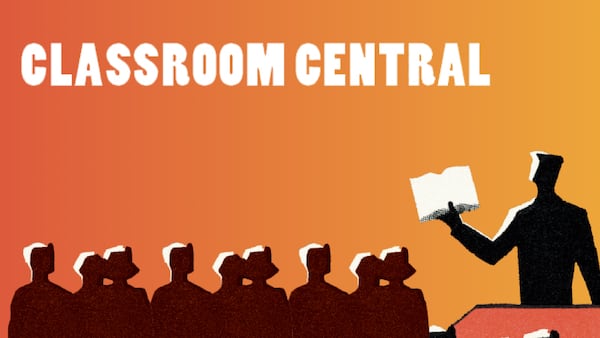Firstly, it is important not to look back at the 1916 Rising through just one lens, but in many different ways. It is far too simplistic to look at the 1916 Rising just as a brave stand taken against the British Empire, as it meant so much more than that.
At the time, the people of Ireland were like any other part of the British Empire; second class citizens on their own land. The Irish were told to have no pride in their history and had their own language neutered and taken from them.
Brian Friel's Translations, set in the 1800s, showed that Ireland was not a place where people could value where they were from, as they were forced to live the lives that those across Irish Sea demanded of them.
As James Connolly put it: “Ireland without her people is nothing to me, and the man who is bubbling over with love and enthusiasm for ‘Ireland’, and can yet pass unmoved through our streets and witness all the wrong and the suffering, the shame and the degradation wrought upon the people of Ireland, aye, wrought by Irishmen upon Irishmen and women, without burning to end it, is, in my opinion, a fraud and a liar in his heart, no matter how he loves that combination of chemical elements which he is pleased to call Ireland".
Those behind the 1916 Rising wanted something new for Ireland, something better, something to be proud of.
The likes of Pearse, Connolly, Clarke, MacDonagh, MacDermott, Plunkett and Ceannt, all of whom signed the Proclamation, and everyone else involved in the Rising didn't just want independence out of some illogical hatred of Britain, or because they wanted to take control of Ireland thereafter, but they wanted an Ireland that they could be honoured to be part of, one of equality.
And that brings me to looking at the Rising through a number of different lenses, as many Irish people, and perhaps much of the Irish media, has focused solely on this and failed to look at the very real costs of the Rising.
Civilian deaths accounted for more than half of the 485 casualties in 1916 events, with the majority of Dubliners at the time being disgusted by the actions of the rebels.
It was only after the executions of most of the 1916 rebel leaders that public opinion began to change.
Having been focused on the civilian deaths and public damage in the immediate aftermath of the 1916 Rising, it was only when reading about the executions of the leaders such as Connolly, who was shot sitting down, that the public understood the sacrifice that the rebels had made.
In an RTÉ interview, President Michael D Higgins said: “Do you believe that if no event had taken place in Dublin in 1916, that we would be having this conversation, where I would be speaking as president of an independent country that I would have visited next door as an equal? I believe not”.
While some argue that Home Rule would have been granted in the early 1920s for Ireland, which would have given some amount of self-governance and independence to Ireland, but the reality is that without the Rising and War of Independence which followed, we would not have been an independent country, free to create our own values and ideals for what Ireland should be.
But, perhaps most importantly of all, the Rising failed in many ways to create the fair and equal Ireland that the signatories of the Proclamation envisaged, or at least the country failed to follow it thereafter.
Pearse and Connolly recognised the roles that women played in the 1913 Lockouts and 1916 Rising itself and believed that they should be completely equal to men in a new Ireland.
There is no doubt that this completely failed.
Despite the work of women such as Countess Markievicz, women have been actively discriminated against by the State.
Income inequality, constitutionally-permitted workplace discrimination, Magdalene laundries, mother & baby homes, ban of birth control and the constitutional ban on women accessing abortion in Ireland are just some of the ways the state has let Irish women down since the Rising.
It is important to look at the Rising as something with many good ideals which we can still learn from today.
While the fight for women’s rights in Ireland has never required a bloody fight on the streets of Dublin, it does show that Irish women and men should be unafraid to fight for the rights they believe Irish women, refugees and ethnic minorities, the travelling community, LGBT people and other minorities should have.
Whether that meant fighting for the 2015 Marriage Equality referendum, an end to Direct Provision, or the repeal of the Eighth Amendment.
While we consider the 1916 Rising it is important to examine its wider impact.
It is important to recognise that it set a precedent for the Republican violence in Northern Ireland that would follow civil rights abuses of Catholics in Northern Ireland.
Few in Ireland condone the violence in Northern Ireland, but why do we then not criticise the violence of our own revolution?
Either way, this brings me back to my opening argument, that we can’t simply look at the 1916 Rising as something pure and our own brave stand against British empire.
The 1916 Rising was not perfect, but it was an imperfect means to an imperfect end.
There was probably never a way for Ireland to fulfil the dreams of those who fought for its existence as an independent state who dreamed of an equal Ireland.
Instead, it should motivate us 100 years on to fight even more for that Ireland they imagined, one we can all be proud to be part of.










